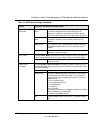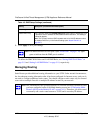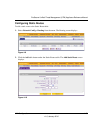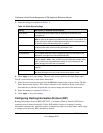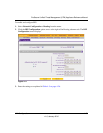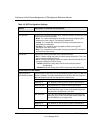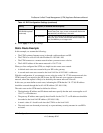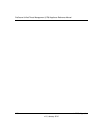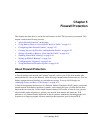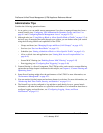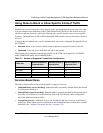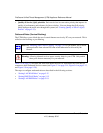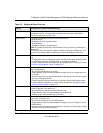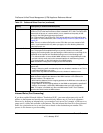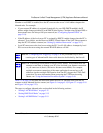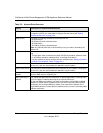
5-1
v1.0, January 2010
Chapter 5
Firewall Protection
This chapter describes how to use the firewall features of the UTM to protect your network. This
chapter contains the following sections:
• “About Firewall Protection” on this page.
• “Using Rules to Block or Allow Specific Kinds of Traffic” on page 5-3.
• “Configuring Other Firewall Features” on page 5-27
• “Creating Services, QoS Profiles, and Bandwidth Profiles” on page 5-32.
• “Setting a Schedule to Block or Allow Specific Traffic” on page 5-41
• “Enabling Source MAC Filtering” on page 5-42.
• “Setting up IP/MAC Bindings” on page 5-44.
• “Configuring Port Triggering” on page 5-46.
• “Using the Intrusion Prevention System” on page 5-49.
About Firewall Protection
A firewall protects one network (the “trusted” network, such as your LAN) from another (the
untrusted network, such as the Internet), while allowing communication between the two. You can
further segment keyword blocking to certain known groups. To set up LAN Groups, see
“Managing Groups and Hosts (LAN Groups)” on page 4-12.
A firewall incorporates the functions of a Network Address Translation (NAT) router, protects the
trusted network from hacker intrusions or attacks, and controls the types of traffic that can flow
between the two networks. Unlike simple Internet sharing NAT routers, a firewall uses a process
called stateful packet inspection to protect your network from attacks and intrusions. NAT
performs a very limited stateful inspection in that it considers whether the incoming packet is in
response to an outgoing request, but true stateful packet inspection goes far beyond NAT.



